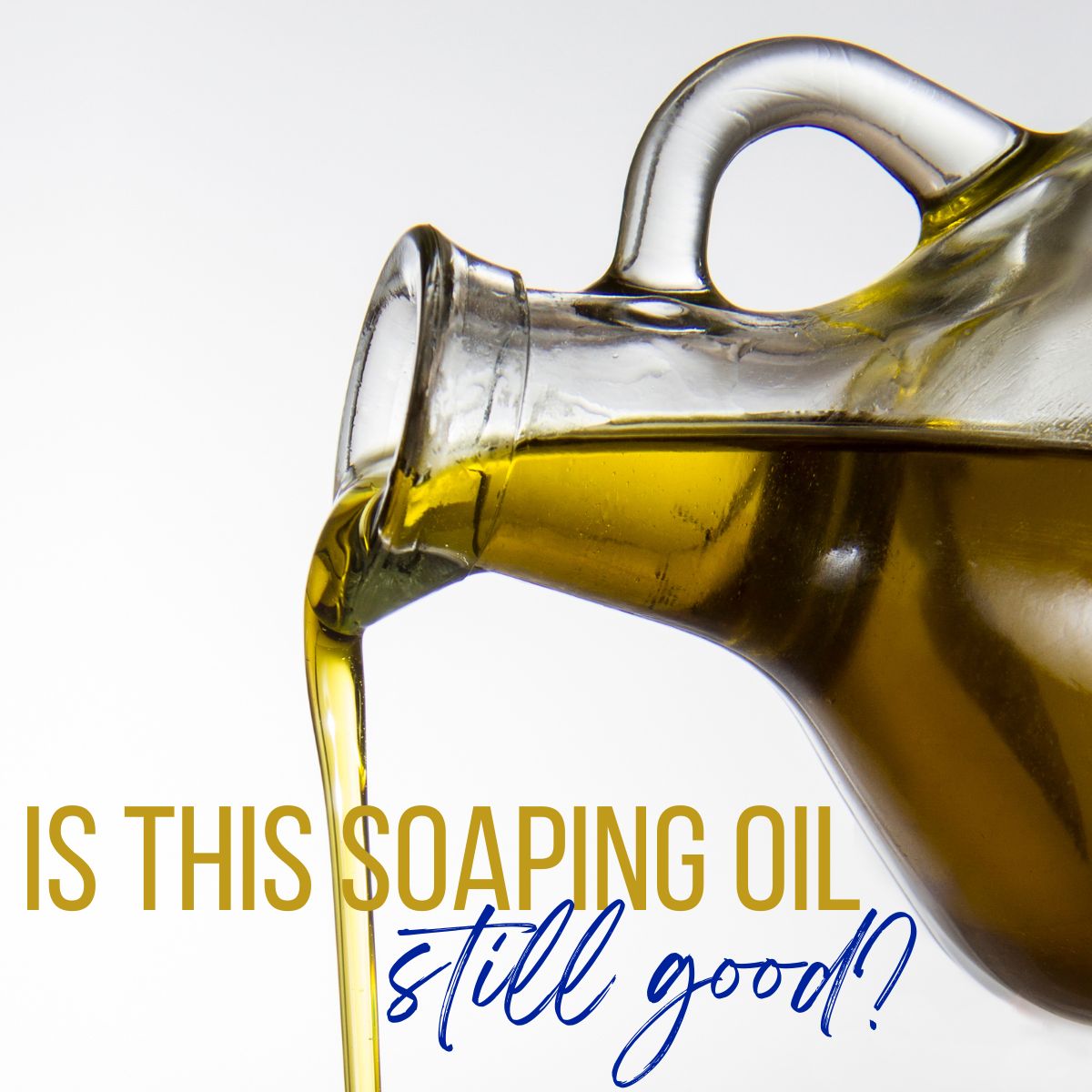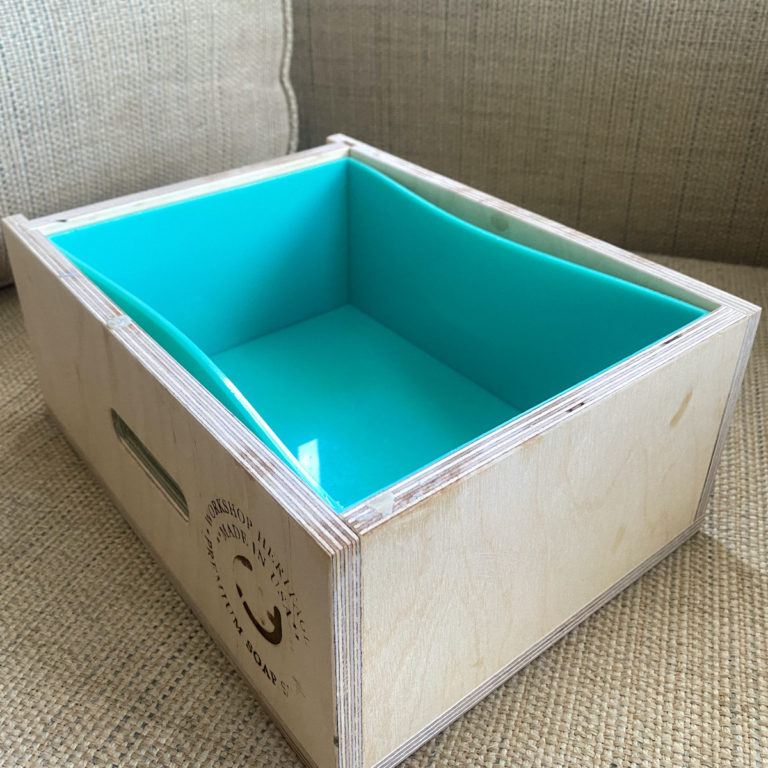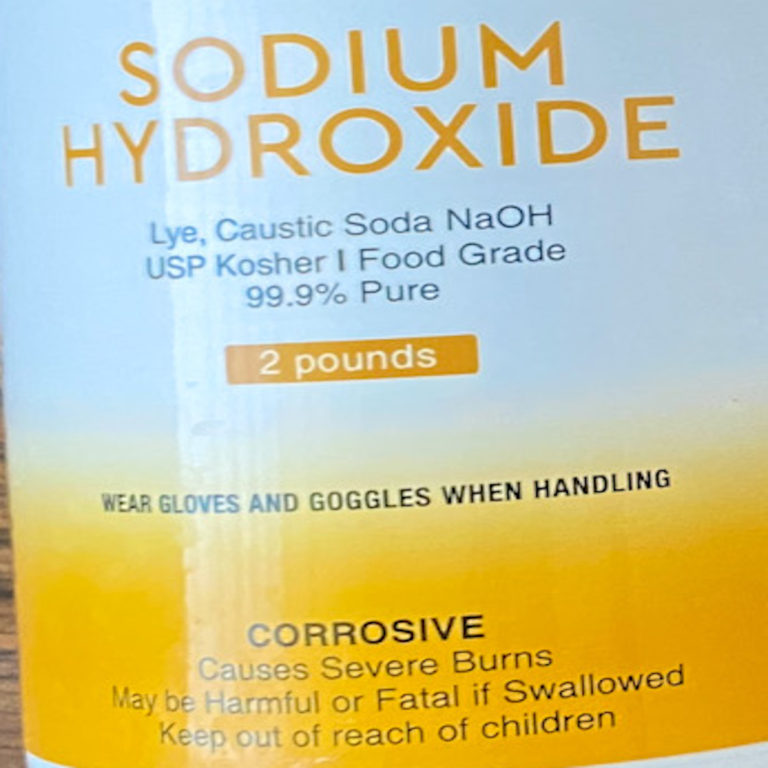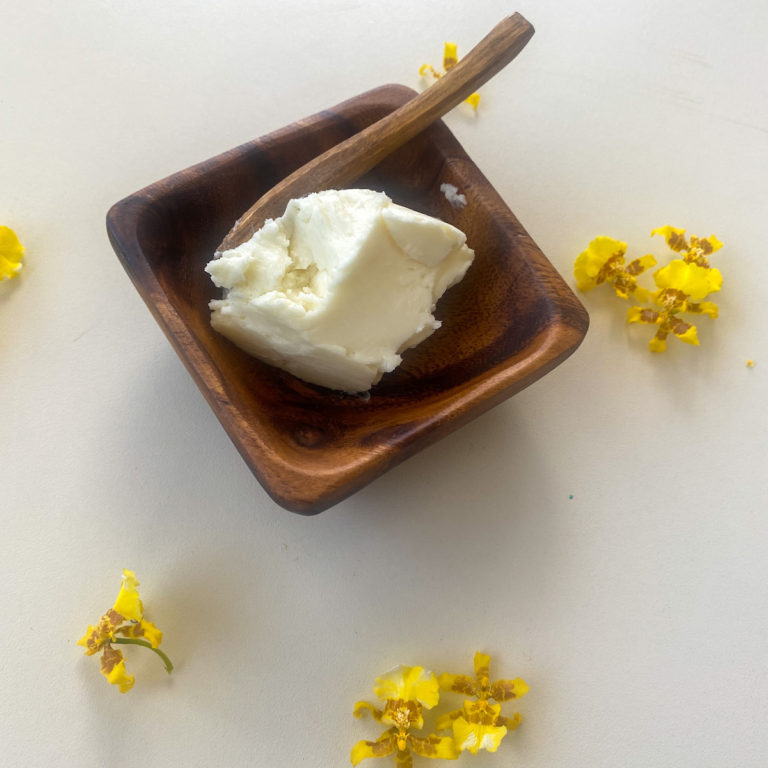Shelf Life of Soaping Oils – Choose Wisely To Prevent DOS
Knowing the shelf life of soaping oils is pretty important for anyone that’s going to sell soap. This is because it gives you an idea of roughly how long your product will last before “going bad”.
For this same reason, in my opinion, is it’s also really good information to know for anyone who plans to share soap with others, even when no money is exchanged.
And what do I mean by “going bad”? Some soaping oils have a tendency to go rancid quickly, and this is one of the major causes of what soapers know as Dreaded Orange Spots (DOS). It leaves orange spots on your soap bar, which may or may not be a big deal to you. Even more problematic is that it begins to smell stale.
Here’s where you can learn more about what causes Dreaded Orange Spots, and how to prevent it.
You Can Calculate How The Shelf Life Of Soaping Oils Affects The Longevity Of Your Soap
You can expect your soap to last about as long as you’d expect the oil with the shortest shelf life in your recipe to last before going rancid.
Knowing the shelf life of soaping oils you’re using in your own soap recipe can give you an idea of how long you can expect soap to stay “good”. The information below can help you determine if you’d be better off swapping some of your current oils for others that last longer.

Expected Shelf Life Of Commonly Used Soaping Oils
The list below is commonly used soaping oils in alphabetical order, with the expected shelf life of each, and below the list are tips to make your oils last longer.
Avocado Oil: 6 months to 1 year. This oil is quick to rancidify, so while it has some great skin benefits, I personally avoid it for soaping.
Castor Oil: 1 year
Coconut Oil: up to 3 years
Jojoba Oil: 2 years
Macadamia Nut Oil: 1-2 years
Olive Oil: 1-2 years
Palm Oil: up to 3 years
Rice Bran Oil: 1 yer
Soybean Oil: 2 years
Sweet Almond Oil: 6 moths – 1 year. Like avocado oil, sweet almond oil is great for skin, but doesn’t last as long as other soaping oils so I keep it out of my formulations.
How To Make Soaping Oils Last Longer
Find a cool, dark place to store your oils. Heat and light speed up the degradation process. Your oils are likely to go rancid faster if exposed to them, and last longer when shielded from them.
Tightly close the cap any bottles or containers that you keep you oils in. You want to minimize exposure to air, as oxygen can speed the rancidification process, as can invisible pollutants or contaminants in the air.
Buy fresh in the first place. It’s hard to tell how long a bottle of oil has been sitting around at your local grocery store. Soaping supply companies tend to have fresher stock so you might want to source from them.
Personally, I use Rosemary Extract (Rosemary Oleosin) to help preserve some of my liquid oils. It’s derived from rosemary leaves. Rosemary extract slows the rate of oxidation by neutralizing free radicals, thereby helping your oils to stay “good” for longer. This is thanks to its high levels of phenolic compounds, which in this context, serves as a natural antioxidant. Rosemary is also used in food for it’s powerful preservation properties.
I like to add it to liquid oils (olive, castor) very soon after I buy the oils. It helps the entire bottle of oil last longer, and treating the whole bottle prevents the need to measure it out (it’s thick and sticky) during the actual soaping process. Hey, one less thing to do, am I right?
If you’re at all concerned about the people using your soap ending up with a bar that goes bad, consider the shelf life of soaping oils you’re using, and make good decisions from there. Choose your oils wisely, treat your oils with care, and sell or give your soaps while they’re still “fresh”.





